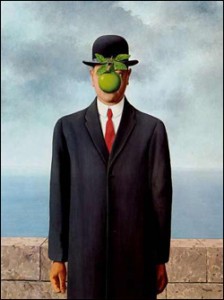
What: The Forest of Forever, by Thomas Burnett Swann, was originally published in 1971. Many of Swann’s slim little volumes appeared during that decade, lovely retellings of Greco-Roman myths and alternate histories full of mythological creatures. Dryads, centaurs, minotaurs, and fauns fill the pages. Swann depicted same-sex relationships as a matter of fact in a way that nowadays seems well ahead of his time.
Who: If you love gentle fantasy, this is a splendid entrance into Swann’s world. Particularly for those who love mythological creatures, you’ll find a full cast, including some magical creatures invented by Swann.
When: Read this when you’re a little down. You may well find that Swann becomes one of your comfort reads. It’s not a thick fantasy by any means, (my copy is 155 pages) but if you finish it too fast, there’s a sequel to Forest of Forever, Day of the Minotaur.
Why: Read Swann for an interesting take on fantasy. I’ve always thought that his world would be a fabulous one in which to set a role-playing game. Also read him to see same-sex relationships worked in seamlessly, without the “OMG look how socially conscious I am” flavor that sometimes intrudes.
Where and how: Curl up in a corner for this one, with a mug of some pleasantly flowery tea. Be aware the time will pass all too quickly. Be aware there’s plenty more Swann out there, though you may have to hunt for some of the rarer titles.








One Response